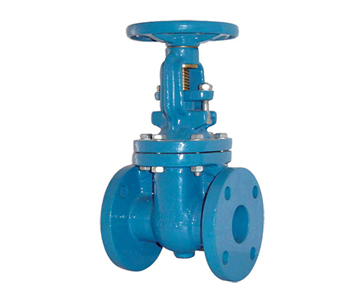gate valve water meter check valve
ss gate valve manufacturers
1.25 inch gate valve
gate valve wedge type
threaded gate valve dimensions

1. Floating Ball Valve Definition
As the name suggests, a floating ball valve uses a ball as the structure to close the cross-section of the pipe and prevent the flow of the fluid. Now, the main feature of a floating ball valve is that the ball has no structure to support it, so it stays suspended in the fluid and in place by valve seats.
Table of Content
1. Floating Ball Valve Definition
2. Floating Ball Valve Standard
3. Floating Ball Valve Classification
4. Sealing Principle of Floating Ball Valve
5. Feature Structure
6. Varous Sealing Froms
7. Pros and Cons
8. Selection Guide
9. Summary
2. Flosting Ball Valve Standards
a. Design standard API 608 /API6D
b. Test standard API 598/API6D
c. Fire Standard API 607
d. Wall thickness standard ASME B16.34
3. Floating Ball Valve Classification
a. One-piece floating ball valve
One-piece ball valve and flange gate valve belong to the same type of valve, being the closing member the main difference between them. Obviously, the one-piece ball valve uses a sphere in which rotates around the center line of the body, while the flange gate valve opens a type of gate by lifting the blocking structure when the handle is rotated. The ball valve is mainly used in the pipeline to cut off, distribute and change the flow direction of the medium. Also known as integral ball valve, it is a new type of valve which has been widely used in recent years.
b. Two-piece floating ball valve
The two-piece floating ball valve takes its name from the fact that it is made of two parts called the left and the right body which are connected to each other through threads and bolts or by welding them. This type of valve is suitable for different working conditions such as high temperature and high pressure.
c. Three-piece floating ball valve
The three-piece floating ball valve refers to a floating ball valve whose body is composed of three parts from left to right. The parts are usually a body and two bonnet. Similar to the case of two-piece floating ball valves, the end caps are usually connected through threads and bolts, by welding them or flanged to the pipe.
4. Floating Ball Valve Sealing principle
Since the ball of the floating ball valve is not restricted by any component, when the valve is closed, the medium is pressed from one end upstream) of the valve, the ball can produce a certain displacement and press tightly on the sealing surface of the outlet end (downstream) of the valve, thus producing an outlet seal. As shown in Figure 3

5. Feature Structure
a. The status of the valve can be understood by looking at the position of the handle. If it is crossing the pipeline it means it is closed, and if it is along the pipeline, it means it is open.


b. Misuse of the valve can be prevented by means of a locking device as presented in the graphics.


c. The valve comes with an anti-flying structure on the stem, and the packing can be replaced online.

(2”-300Lb and larger specifications)
The bottom-mounted valve stem has a shaft shoulder at the root of the stem. The outer diameter of the shaft shoulder is larger than the stem hole